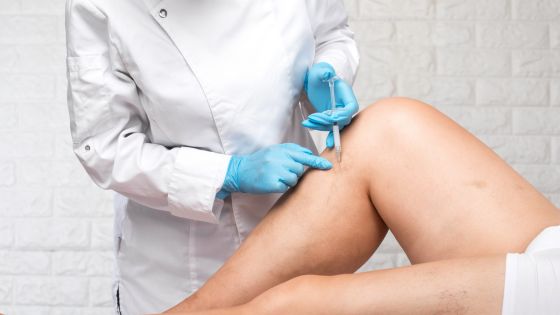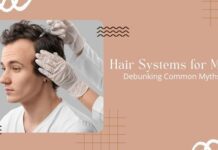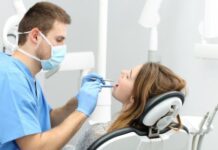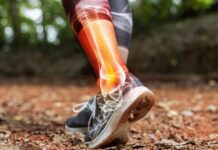If you’re one of the over 25 million Americans suffering from varicose veins, you know how uncomfortable and frustrating they can be. But you don’t have to live with the pain, swelling, heaviness and appearance of varicose veins. Advances in treatment mean there are more options than ever to eliminate varicose veins and get back to enjoying life unencumbered.


Read on to learn all about varicose veins, their causes, symptoms, and cutting-edge treatment options. With the right medical care, you can say goodbye to varicose veins for good!
What Are Varicose Veins?
Varicose veins are twisted, enlarged veins that typically appear swollen and raised above the skin’s surface. While any vein can become varicose, it most often develops in the legs and feet. Varicose veins are the most common venous disorder in the U.S.
Varicose veins occur when the valves inside veins stop working correctly. Vein valves are responsible for keeping blood flowing efficiently back to the heart. When they malfunction, blood pools in the veins and causes pressure buildup. This stretches and weakens the veins, leading to varicose veins’ characteristic twisting, bulging appearance.
What Causes Varicose Veins?
There are some factors that can increase your risk of developing varicose veins:
- Age – The risk rises as we get older. The veins lose elasticity over time.
- Gender – Women are more prone to varicose veins in part due to hormonal shifts and pregnancy.
- Genetics – Having a family history of varicose veins elevates your risk.
- Weight – Excess weight puts added pressure on the veins.
- Lifestyle – Jobs requiring long standing or sitting periods and a lack of movement can contribute to varicose veins.
While varicose veins are often viewed as merely a cosmetic nuisance, they can signify an underlying chronic condition called venous insufficiency that progressively worsens over time. Catching it early allows for better outcomes with varicose vein treatments.
Signs and Symptoms
Many varicose veins cause no symptoms at all, but larger varicose veins can cause a number of problems including:
- Visible, swollen twisted veins, often blue or dark purple in color
- Heavy, achy, swollen legs and ankles
- Muscle cramps, throbbing and burning sensations in the legs
- Dry, itchy skin over the veins
- Bleeding from varicose veins after injury to the area
Severe long-term cases of varicose veins can lead to more serious medical complications like vein inflammation (phlebitis), skin ulcers and blood clots. Getting proper diagnosis and treatment can help prevent progression of the disease.
Diagnosing Varicose Veins
An initial appointment with a Utah vein specialist starts with a physical exam of the legs to look for signs of varicose veins. The doctor will also discuss your medical history and symptoms.
Diagnostic tests are often performed to pinpoint the location of damaged veins, determine what valves might be malfunctioning, and check blood circulation. These tests can include:
- Doppler ultrasound – Uses sound waves to produce images of the veins and blood flow.
- Venography – An x-ray of the veins injected with contrast dye.
- CT Scan – Cross-sectional x-rays to visualize veins in the body.
- MRI – Uses radio waves and magnets to create images of the legs and veins.
Once the exam and tests are complete, the vein specialist will recommend an appropriate treatment plan tailored to your specific case and goals.
Varicose Vein Treatments
The days of “vein stripping” surgery are long gone. Today, varicose veins can be treated with minimally invasive, non-surgical treatments that have fast recovery times. Common options include:
Sclerotherapy – Small injections of solution into the veins that scars and closes them off. Best for spider veins.
Radiofrequency Ablation – Heat generated through radiofrequency waves causes the vein to collapse and seal shut.
Laser Treatment – A laser fiber inserted into the vein heats and seals it closed.
Ambulatory Phlebectomy – Tiny surgical incisions are made to “hook” out sections of varicose veins through small micro-incisions that don’t require stitches.
The proper treatment depends on the size and location of the varicose veins. Discuss your options thoroughly with your vein doctor to determine the safest, most effective treatment path for your varicose veins.
Take Your Life Back
If you’ve been putting off dealing with painful, unsightly, varicose veins, now is the time to take control of your health and well-being. With today’s advanced solutions, you can have great-looking legs again and get back to doing all the activities you love. Don’t live with discomfort and self-consciousness – seek solutions! Treatment is easier than ever.

























